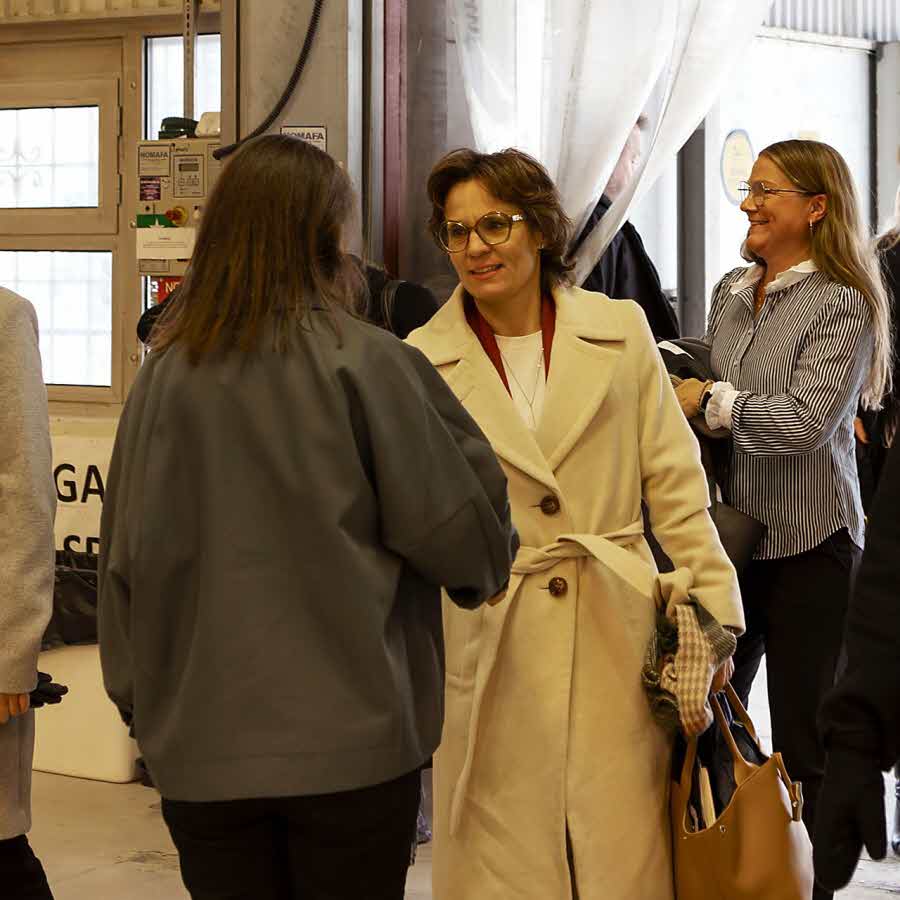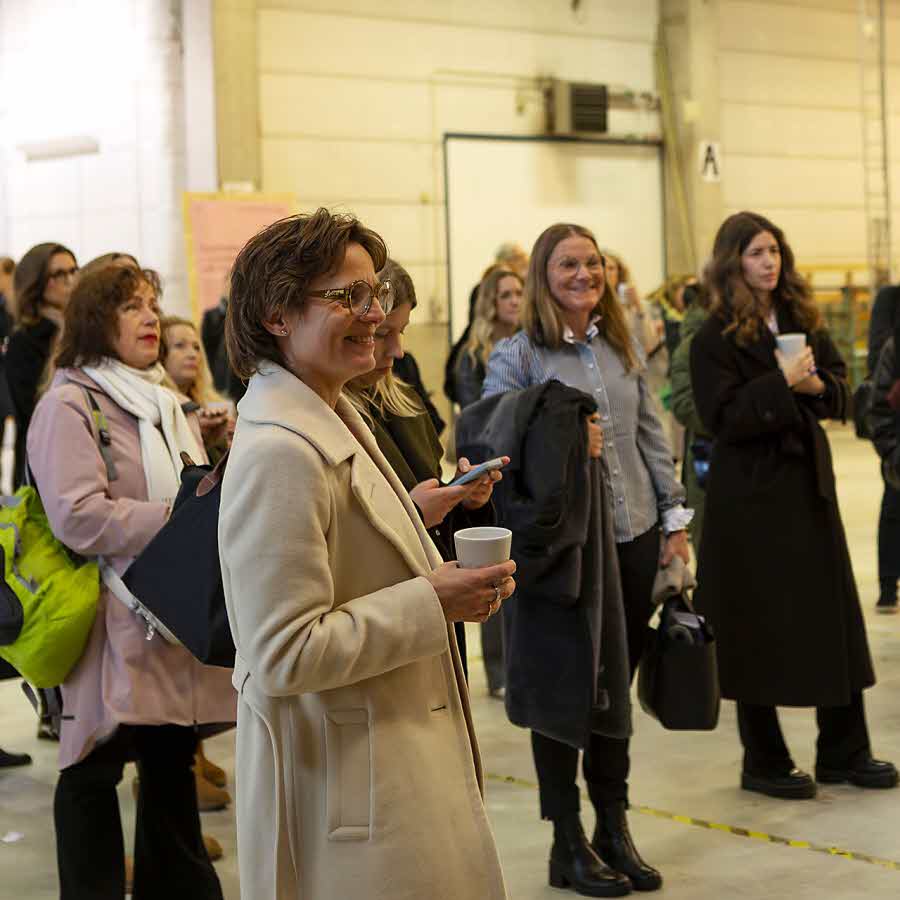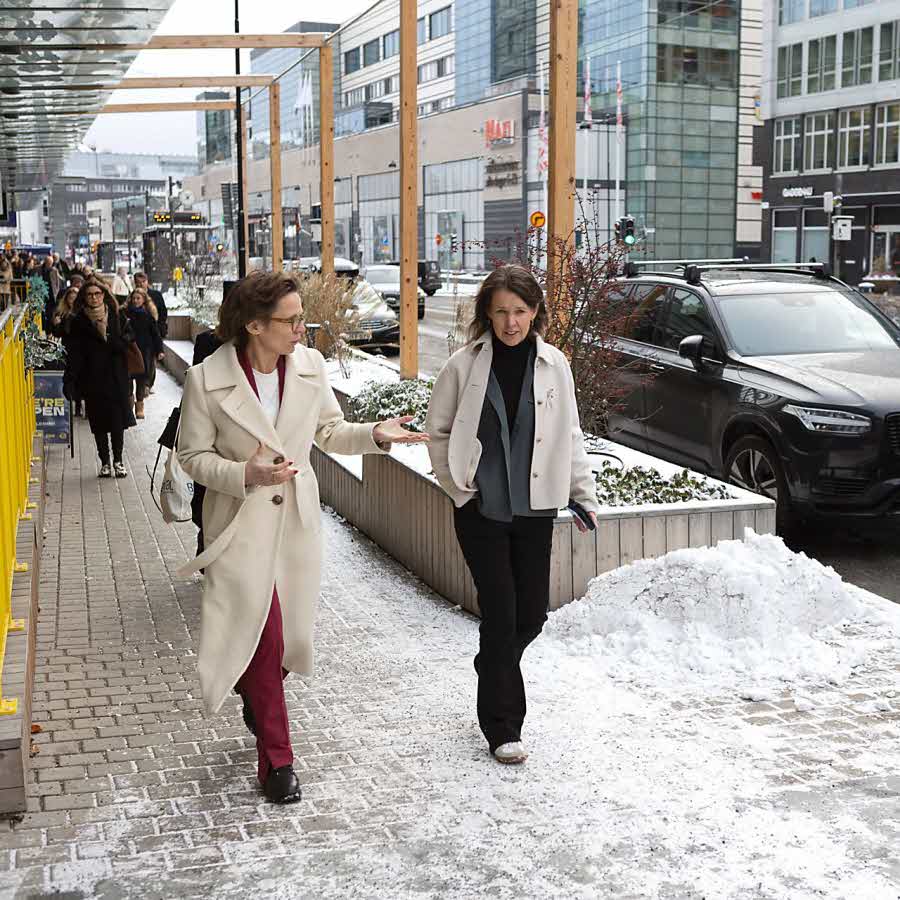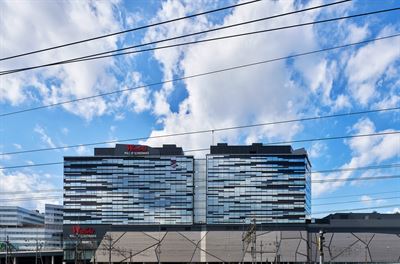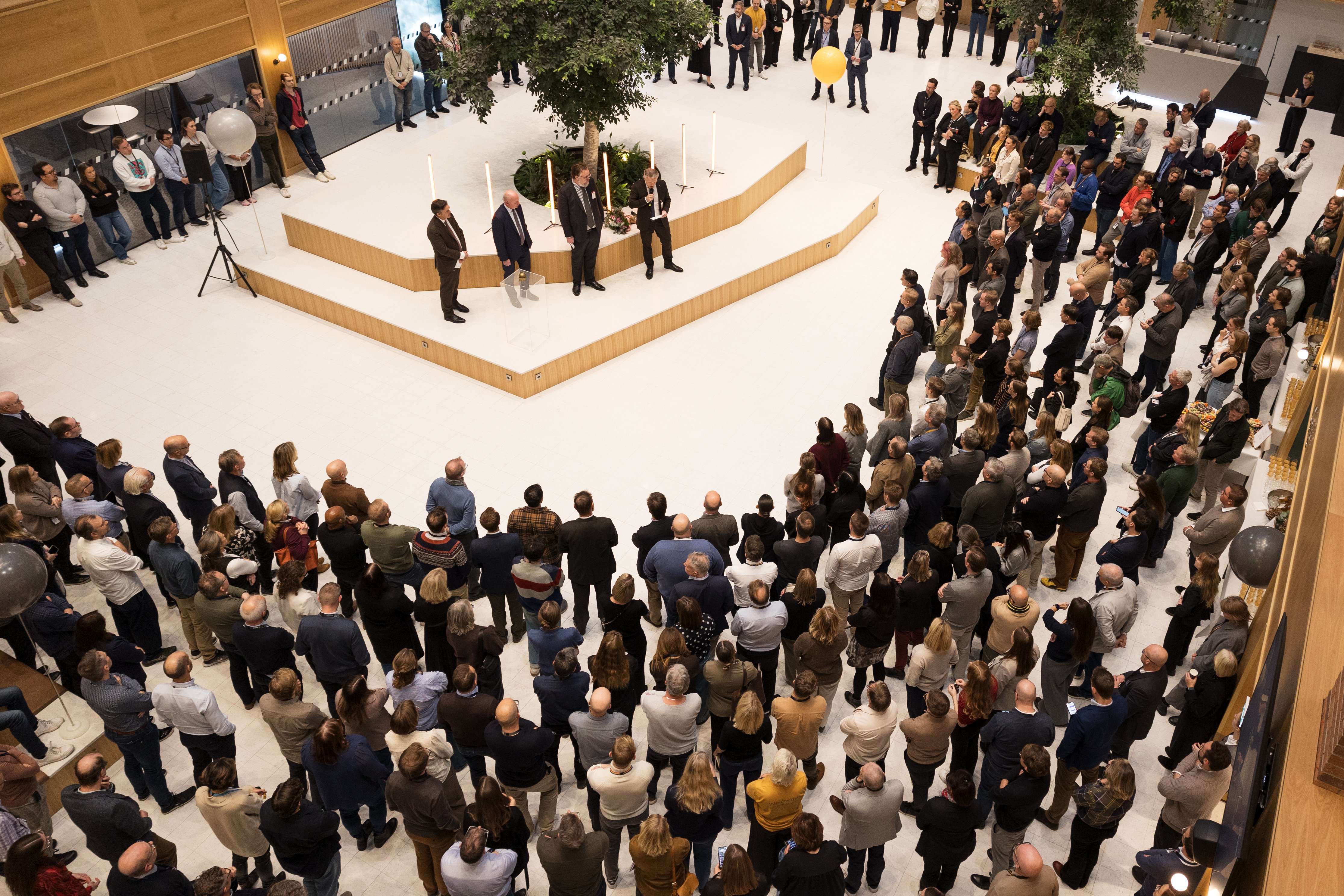During the visit, Jessika Roswall highlighted the work of both Fabege and Vasakronan as strong examples of how circularity and commercially sound sustainability practices can be translated into real, practical impact.
– It is inspiring to see how the Swedish construction and real estate sector is driving circular development in practice. You are showcasing solutions that reduce climate impact, cut costs, and create long-term value. These are precisely the kinds of insights we need in our work to shape the EU’s circular regulatory framework, said Jessika Roswall, EU Commissioner.
She also underscored how Fabege has moved beyond the pilot phase and is now working in a structured and scalable way with reuse.
– It is interesting to see how this is no longer a pilot project for you but an integrated part of your operations. You demonstrate how reuse can be managed systematically, while also highlighting the challenges that must be overcome to scale it even further, Roswall continued.
Fabege’s Reuse Hub – a natural part of the business
For Mia Häggström, Head of Sustainability at Fabege, the visit offered an opportunity to explain how the hub operates and how the company works with circular construction and reuse.
– In renovation projects, we aim to retain as much as possible of the existing structure. When new material is required, it should be circular – and for that, we need a clear overview of what is available. The Reuse Hub gives us that overview while also helping us maximise supply and demand, says Mia Häggström.
At the same time, she emphasises that there are still barriers that must be addressed.
– There are challenges related to regulatory requirements, standards, and quality assurance. With clearer rules and better conditions, we could scale up significantly. We look forward to an expanded producer responsibility, where manufacturers take back their materials, refurbish them, and make them available to the market as reused materials.

